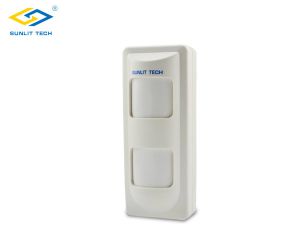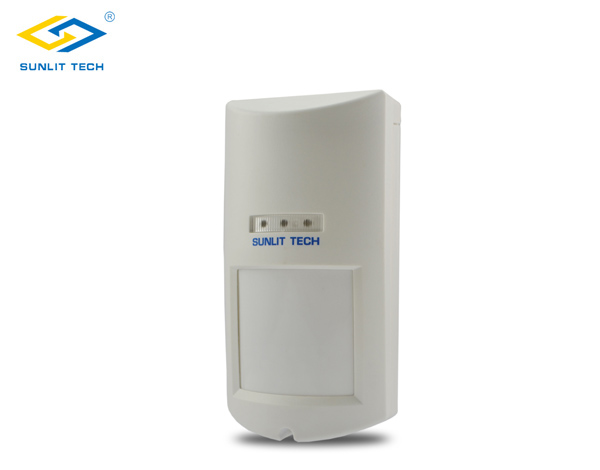Can Wireless PIR Detectors Detect Movement Through Glass?
Wireless PIR detectors, also known as wireless PIR motion sensors or simply wireless motion sensors, are popular security devices used to detect intruders by sensing movement. They are favored for their ease of installation, flexibility, and the convenience of not requiring hardwired connections. But can these devices detect movement through glass? This question is particularly relevant for applications where the area to be monitored is separated by glass, such as in storefronts or display cases.
Detection Through Glass: The Challenge
Factors Affecting Detection Through Glass
- Type of Glass: Different types of glass have varying levels of infrared transmission. Thinner glass or glass with special coatings may affect the sensor's performance.
- Distance: The further away the sensor is from the glass, the weaker the detected infrared signal may be.
- Sensor Sensitivity: Some wireless PIR sensors can be adjusted for sensitivity, which may help in detecting movement through glass.
- Environmental Conditions: External factors such as direct sunlight or heat sources can interfere with the sensor's ability to detect movement accurately.
- Sensor Placement: The angle and position of the sensor in relation to the glass can impact its effectiveness.
Solutions for Effective Detection Through Glass
- Optimal Placement: Position the sensor at an optimal distance and angle to the glass to maximize the detection of infrared radiation.
- Sensor Selection: Choose a sensor with adjustable sensitivity settings to fine-tune its response to the specific environment.
- Environmental Control: Minimize external heat sources or sunlight that may interfere with the sensor's operation.
- Use of Multiple Sensors: Deploying multiple sensors can provide a more comprehensive coverage and increase the likelihood of detecting movement.
- Integration with Other Sensors: Combining PIR sensors with other types of sensors, such as ultrasonic or microwave motion detectors, can improve overall detection capabilities.
Benefits of Wireless PIR Motion Sensors
- Ease of Installation: They can be easily installed without the need for extensive wiring.
- Flexibility: Wireless sensors can be moved or repositioned as needed.
- Remote Monitoring: They can send alerts to a central monitoring station or a smartphone app.
- Battery Operated: Many models are powered by long-lasting batteries, reducing the need for frequent maintenance.
wireless motion sensor wireless PIR motion sensor wireless PIR sensor
 简体中文
简体中文


